A Solemn Day in OKC
On our winter road trips, we usually just pass through Oklahoma on our way west. But this trip we decided to stop. There we found an excellent memorial to an event in 1995 that I remember like it was yesterday.
Click on the first photo in each group and scroll to see the square photos at full size.
To start at the beginning of this series, visit Return to the Red Rocks 2024.
We’re usually just Passing Through
Aside from family get-togethers at my brother’s many years ago, Oklahoma is one of those states that we’re usually just passing through on our way to somewhere else.
On our way to Arizona on this winter trip, we made a pit stop at a fun rest area just over the border. A couple hours later we grabbed a great lunch at Los Arcos Mexican Restaurant on Route 66 in Bristow – where they still had the Christmas Spirit! Then we were off to Amarillo.
But Not this Time
On the way home after our stay in Arizona we decided to stop again, but this time to spend a couple of hours at the Oklahoma City bombing site.
My brother’s workplace was within blocks of the bombing and although his building did have some damage, he was unharmed. He will never forget that day – and the weeks and months that followed. On another visit not long after the bombing, we stopped to pay tribute to all who were affected on that day, but it was nothing like the Oklahoma City National Memorial & Museum we visited today.
On our next pass through Oklahoma, we will stop again to visit the Memorial Museum. It is huge with a large window jutting out from the side which is large enough to stand in. From there you can look out over the reflecting pool and the “Gates of Time” to contemplate the tragedy of the day. The words on the exterior of the window read:
“We come here to remember those who were killed, those who survived and those changed forever. May all who leave here know the impact of violence. May this memorial offer comfort, strength, peace, hope and serenity.” ~ READ MORE and see some great aerial shots of the Memorial
“The Outdoor Symbolic Memorial stands on the now-sacred ground where the events of April 19, 1995, unfolded. What was once the footprint of the Alfred P. Murrah Federal Building, Fifth Street, the Athenian Building and Oklahoma Water Resources Board are now the Field of Empty Chairs, Reflecting Pool and Rescuers’ Orchard.” ~ READ MORE
9:01 a.m. on April 19, 1995
At this time it seemed like this was going to be a normal Wednesday at the Alfred P. Murrah Federal Building in Oklahoma City. Colleagues were probably wishing each other a good morning at the water cooler. Children at the daycare center on the second floor were likely anxiously awaiting their mid-morning snacks.
“The Gates of Time forever frame a moment of destruction and tragedy. The 9:01 gate is a symbolic reference to the last minute of innocence for our nation in regards to domestic terrorism… The time of 9:02 a.m. stretches between the two, presenting a tragically long minute in which citizens were killed, survived and changed forever.” ~ READ MORE FAQs about the Memorial Grounds
9:02 a.m. on April 19, 1995
But an ex-Army soldier and security guard named Timothy McVeigh had other plans for this otherwise normal workday. He parked a rented Ryder truck in front of the building instead – and at 9:02 a.m. that truck exploded – killing 168, including 19 children, and injuring several hundred more.
“The chairs are arranged in nine rows, which represent the nine floors of the Alfred P. Murrah Federal Building. Each chair, representing an individual’s life, is placed on the row (or the floor) they would have worked on or were visiting at the time of the bombing.” ~ READ MORE FAQs about the Memorial Grounds
The second row of chairs are smaller – representing the children on the second floor at the daycare. There are some larger chairs on that row as well that represent the caregivers who were working that day. “As darkness falls, the chairs light up, becoming, in the words of the Memorial’s designers, 168 beacons of hope. The lights are on a photocell sensor and activate at dusk.”
9:03 a.m. on April 19, 1995
“The 9:03 gate is a symbolic reference to the first moment of recovery, the moment when grieving, and healing, began.” ~ READ MORE FAQs about the Memorial Grounds
The Survivor Tree – Today
The tree encircled in stone in the photos below is referred to as The Survivor Tree. This American elm was the only tree to survive the bomb’s blast and is the centerpiece of the grassy area called Rescuers’ Orchard. There, “an army of nut- and flower-bearing trees” now surround and protect the Survivor Tree, like the rescuers and volunteers who responded to the tragedy on that day.
The Survivor Tree – Then
If you click on the “Then” section at the link above, there is quite a history behind The Survivor Tree. Arborists agree that it was likely planted around 1920, and historical photos show this mature tree in the backyard of a family home. That home was situated right in front of a huge commercial building, and it wasn’t long till it was torn down as more development moved in.
Luckily when a new parking lot was added, this was the only tree to be saved. That same page shows a picture of the mighty elm so many years later mangled from the 1995 bombing. It was decided that this tree would be cut down so shrapnel and evidence embedded in its trunk and branches could be recovered during the investigation that ensued.
“But like our city, our resolve and our unity – it survived. Ever since, it has been known as the Survivor Tree – an ever-present symbol of resilience.”
“What was once just a tree is now an iconic symbol of hope and its protection was mandated as part of the Memorial Mission Statement. As preliminary planning for a permanent Memorial began, it was quickly determined that any design must include the Survivor Tree – an integral part of the story of what happened here, as well as our hope for the future.”
The Survivor Tree – Tomorrow
“One part of this renewed mission and purpose is the spreading of the Survivor Tree’s seeds across the nation and world. Each year, seeds are harvested. When ready, those seedlings are given to family members, survivors, first-responders and visitors to the Memorial.
Today, Survivor Tree seedlings grow in yards and playgrounds across the state and country. Even the White House lawn enjoys shade from a tree that began as a seedling from the Survivor Tree.”
Grow Your Own!
Do you know of a location that has experienced a great loss or just needs an iconic symbol of hope? Grow your own Survivor Tree from the seedlings of the original! Click on the Grow This Tree! button for more information.
Next up: Relaxing in Ridgedale
Happy trails,
Barb

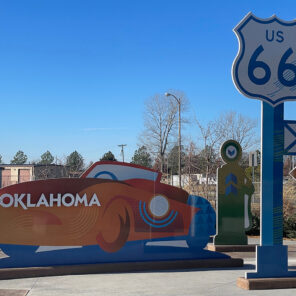

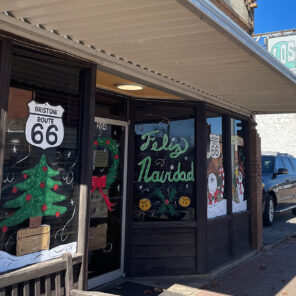

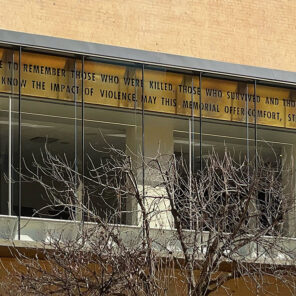

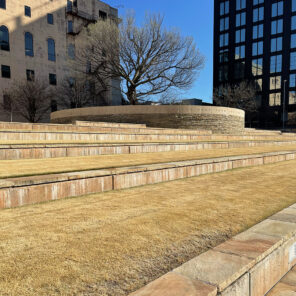
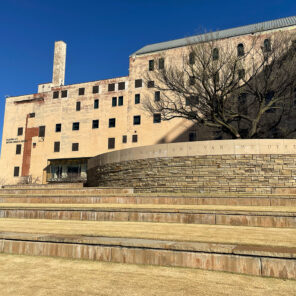
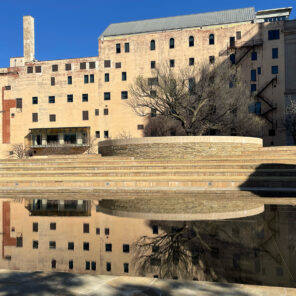


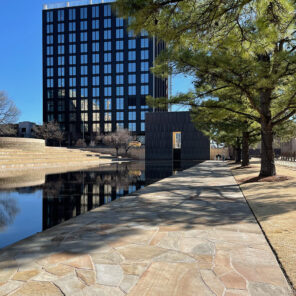
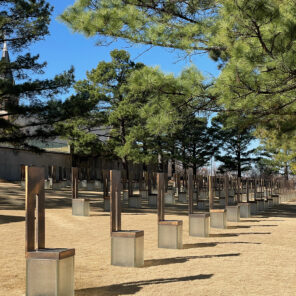
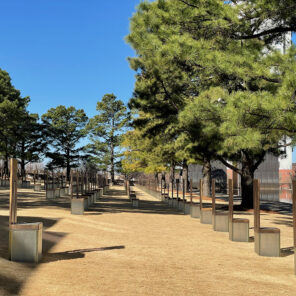


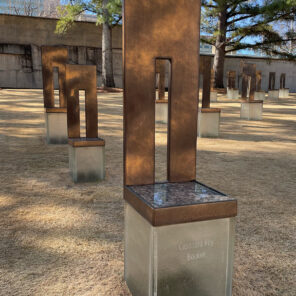

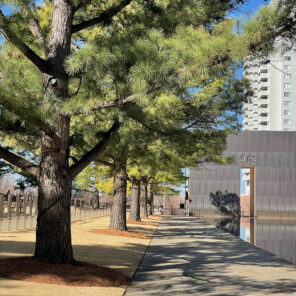



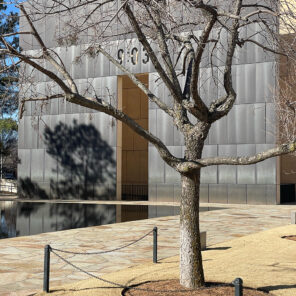
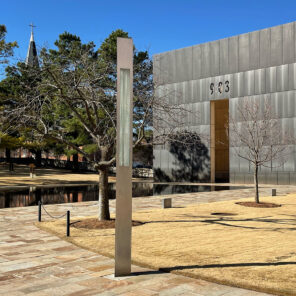
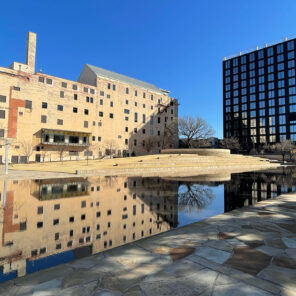
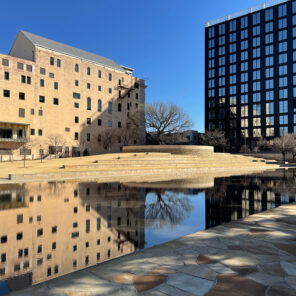
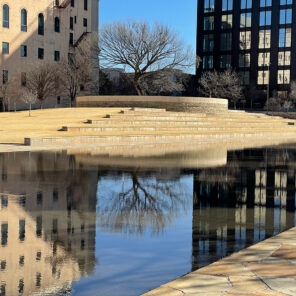
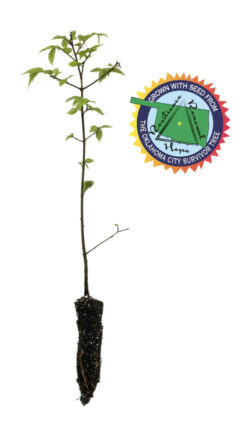






Comments are closed here.